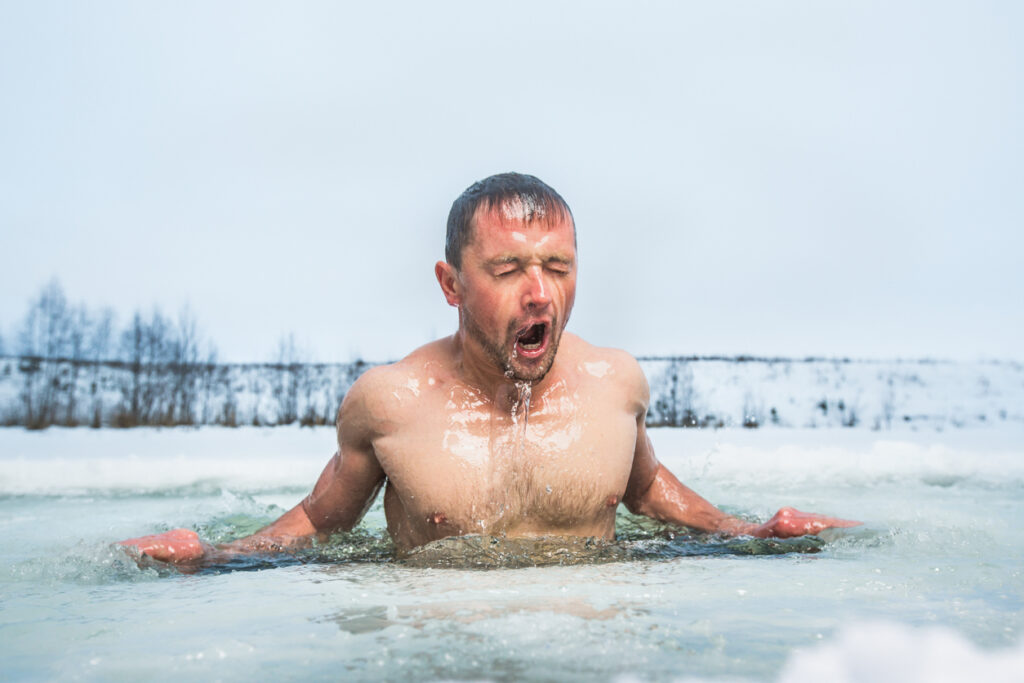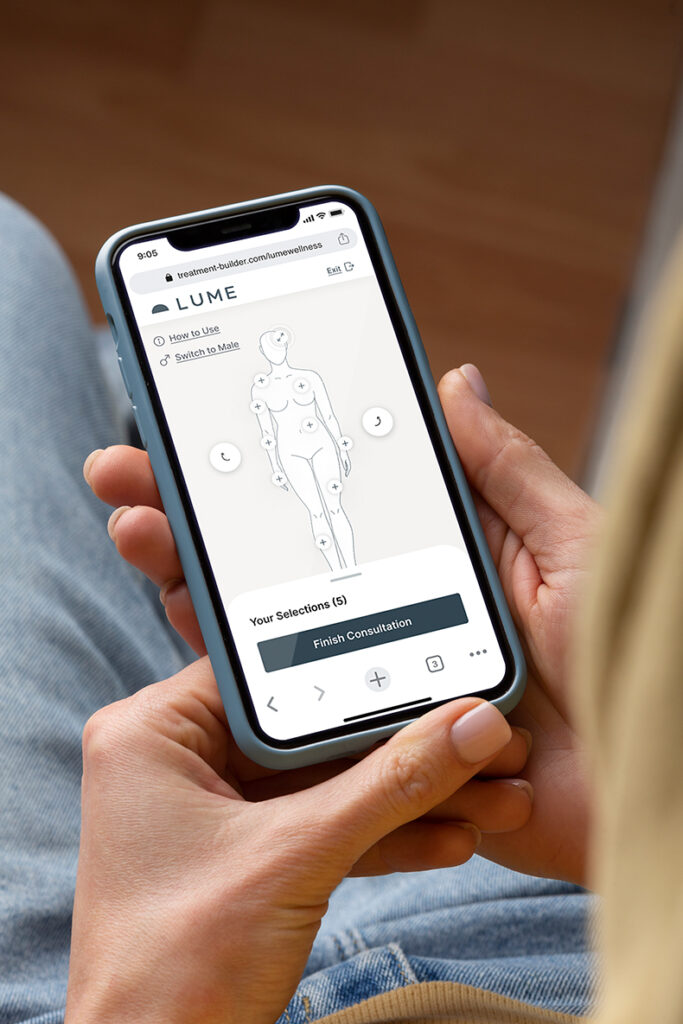
When it comes to recovery and wellness, you’ve probably heard of ice baths and cryotherapy. Both treatments are popular among athletes and those looking to boost healing and vitality. While both options tout health benefits, the treatment you choose will depend on your personal needs, health, and resources.
In this blog post, we’ll explore the pros and cons of cryotherapy and ice baths, helping you make an informed decision for your health and recovery routine.
Ice Baths
An ice bath involves sitting in a mixture of ice and water, typically at very low temperatures (around 50°F to 59°F) for 10 to 20 minutes.
This prolonged exposure to the cold can help aid muscle tissue recovery, making ice baths popular among athletes. They are particularly effective in reducing muscle pain and enhancing blood flow, which can be beneficial for cardiovascular health. Additionally, the challenge of enduring an ice bath can build mental resilience.
However, ice baths come with their own set of challenges. For starters, they can be extremely uncomfortable. This is especially true for people who aren’t accustomed to cold temperatures. Additionally, preparing an ice bath takes time and involves access to a large amount of ice.
When it comes down to duration, medical experts recommend spending no longer than 5-10 minutes in an ice bath. It’s important not to overdo it, as prolonged exposure can lead to hypothermia and other health conditions.
Ice baths can be prepared in various ways, from a simple bathtub setup to a professional cold plunge pool. They are considered therapeutic for various types of injuries and are also valued for their mental benefits.
When you first enter an ice bath, the sensation triggers your sympathetic nervous system, setting off an alarm response to the cold. Overcoming this challenge and remaining in the bath leads to the release of endorphins, which enhance mood and help relieve stress.
Cryotherapy
Cryotherapy, often known as “cold therapy,” is a treatment method that briefly exposes you to extremely cold air. This exposure takes place in a specialized chamber, with temperatures plummeting to as low as -140°C (-220°F). A session typically lasts a mere two to four minutes.
The allure of cryotherapy lies in how little time treatment takes. It’s ideal for those with busy schedules, requiring only a few minutes per session.
Athletes and individuals with chronic pain may find it particularly beneficial for reducing inflammation and pain. Additionally, the extreme cold can trigger a surge in adrenaline and endorphins. This may boost mood and energy levels. Some also believe that this cold exposure can help with joint conditions.
However, cryotherapy comes with certain downsides. It’s only accessible using specialized equipment, and the cost is generally higher than that of ice baths. While it’s used for managing pain, multiple sessions are generally recommended to see results.
Similar to ice baths, cryotherapy isn’t suitable for everyone. Individuals with conditions like hypertension or heart issues should avoid it, given the extreme cold involved.
During a cryotherapy session, you typically wear just your underwear. However, protective gear like mittens, ear muffs, and socks are often advised to shield sensitive areas from frostbite. You’ll stand in the chamber for two to four minutes as the temperature drops rapidly.
This drop in temperature activates your body’s fight-or-flight response. This response not only releases endorphins but also constricts your blood vessels. During this process, your blood receives a boost of oxygen, nutrients, and enzymes. These elements may help aid in the body’s healing processes.
Other Considerations
Medical Conditions
Cold water plunges temporarily increase stress on the heart, which is safe for healthy individuals, but can be dangerous for anyone with a heart condition. Similarly, cryotherapy is not recommended for those with heart disease or high blood pressure.
Risks
Those trying out ice baths need to be extremely cautious about the risk of hypothermia. Because ice baths are usually done at home, without professional regulation, they’re more prone to these risks. If you choose to try out an ice bath, use a thermometer to monitor the water temperature, and set a timer to keep track of your time in the ice bath.
Cost
Cryotherapy is generally more expensive, while ice baths are more budget-friendly, needing only basic supplies like ice, water, and a tub.
Choosing The Right Treatment For You
When choosing between cryotherapy and ice baths, consider your primary goals. If quick relief from pain and inflammation is your priority, cryotherapy might be right for you. In contrast, if you’re engaged in intense physical activities and seeking a mental challenge, ice baths may be more beneficial.
Your health status is also important. Cryotherapy is not recommended for individuals with cardiovascular conditions, high blood pressure, or skin conditions, whereas ice baths are not suitable for those with a history of heart disease or cold intolerance.
In general, cryotherapy requires less preparation, but it can be more expensive. On the other hand, filling up an ice bath is budget-friendly, but it can take some time.
Recovery Solutions Tailored to Your Needs
Lume is a premier wellness spa in the Gold Coast of Chicago. We offer a variety of industry-leading recovery treatments tailored to your specific wellness goals. Whether you’re looking for cryotherapy, hyperbaric oxygen therapy, or a vitamin IV drip, we have something for you.
Call (312) 285-2004 to schedule your first appointment!
